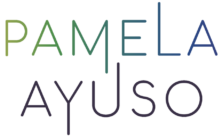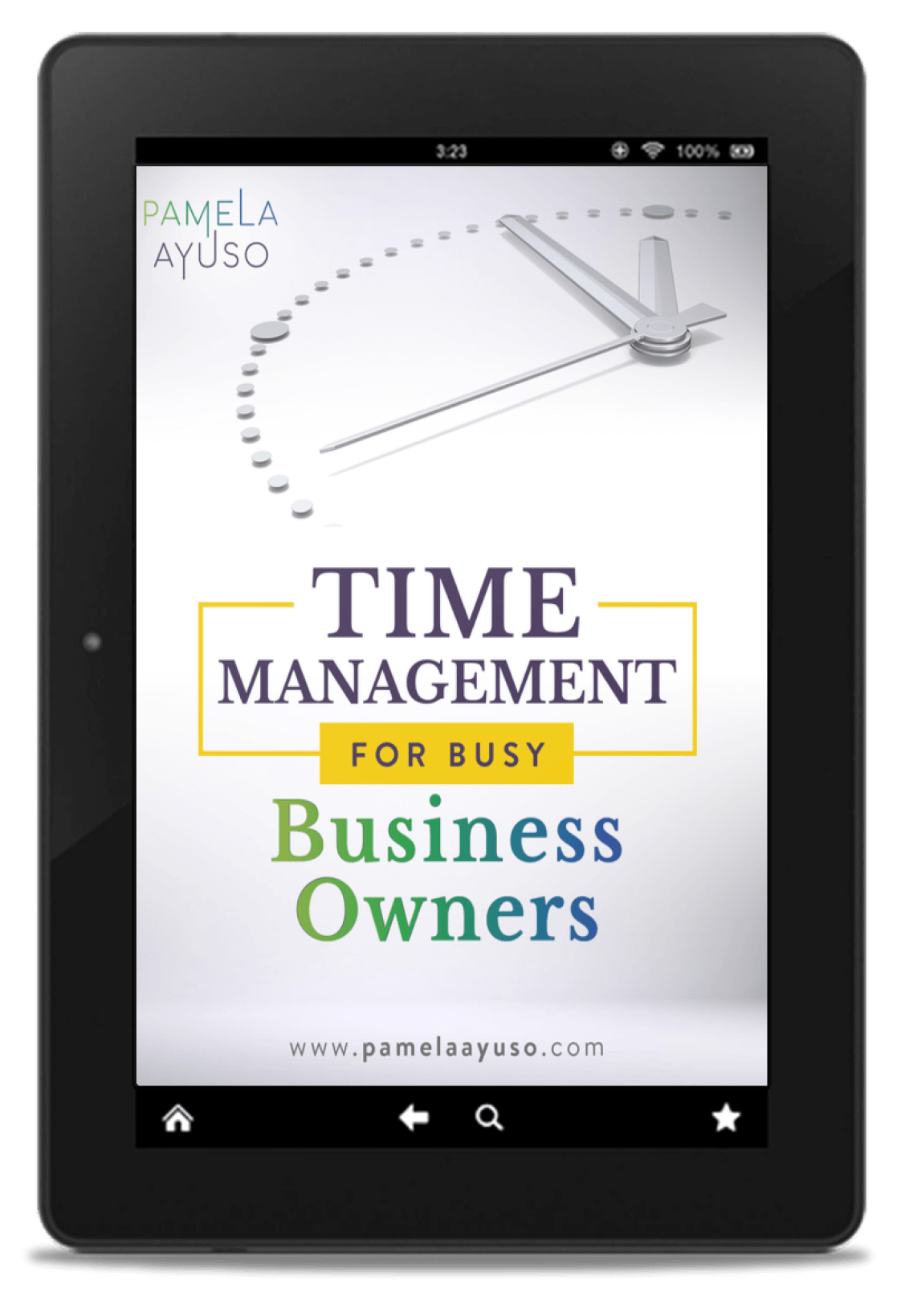I’m currently reading Prepared: What Kids Need for a Fulfilled Life by Diane Tavenner (public library). She founded a nonprofit that serves several middle and high schools in the United States, using a highly original education model. One of the skills they instill in their students is self-direction, which got me thinking about Celaque, my company, and our teams. Self-direction is the ability to autonomously guide yourself toward your goals. Rather than needing others to push you, you seek external resources to help you in your way.
How can we create a similar culture in our company? I began to think about the parallel between the school system that Tavenner created and a company. Why do we need to stop learning when we graduate? The world requires us to keep growing and evolving, and ultimately, maybe there are better ways to learn. Also, wouldn’t it be great if our workplaces supported us on that path?

Hire the Right People
As usual, it starts with hiring leaders, people who are self-starters, who are not waiting for external validation or support. You’ll want people who already have experience guiding their projects and moving forward with work on their own, which will bring that competency to your company.
Look for that in interviews:
- Do they show passion for a hobby?
- Have they self-taught themselves something recently?
- Have they overcome obstacles in their career path?
- Have they guided their career path or followed one because of external reasons?
Bring that Ethos to the Company
As a company becomes larger, it also must become more institutionalized to reduce risk. However, if an organization becomes too rigid, it can become stale and easily break from a simple shock. Self-direction in your teams will bring a balance to this opposing force of order. You must create room for growth and innovation, which will only happen when people guide their paths as they move forward.
To be self-directed, they need the space to experiment, so create structures that empower others to make decisions. Try to remove excessive oversight in how you are organized.
Practices Make Excellent
As a recovering perfectionist, I teach my daughters that practice makes excellent, not perfect. Nobody is born knowing everything – we must practice improving, and people need the space and opportunity to do so. Give people projects, and give them the tools that will allow them to move those projects along. Just as you need to let them do it, you also need to provide them the room to fail and learn.
Of course, build in guardrails. Do not give people projects that are too big that make failure practically inevitable. It is easy to find ways to help others grow and evolve, and as they practice more autonomy, they will learn how to make choices.

I had to learn quickly and the hard way, but I did learn. And the more I exposed myself to new projects at work, the more I grew. The same can apply to our companies and with our teams. Even if we have people who have not had practice making decisions, we can teach them and they will also grow.



